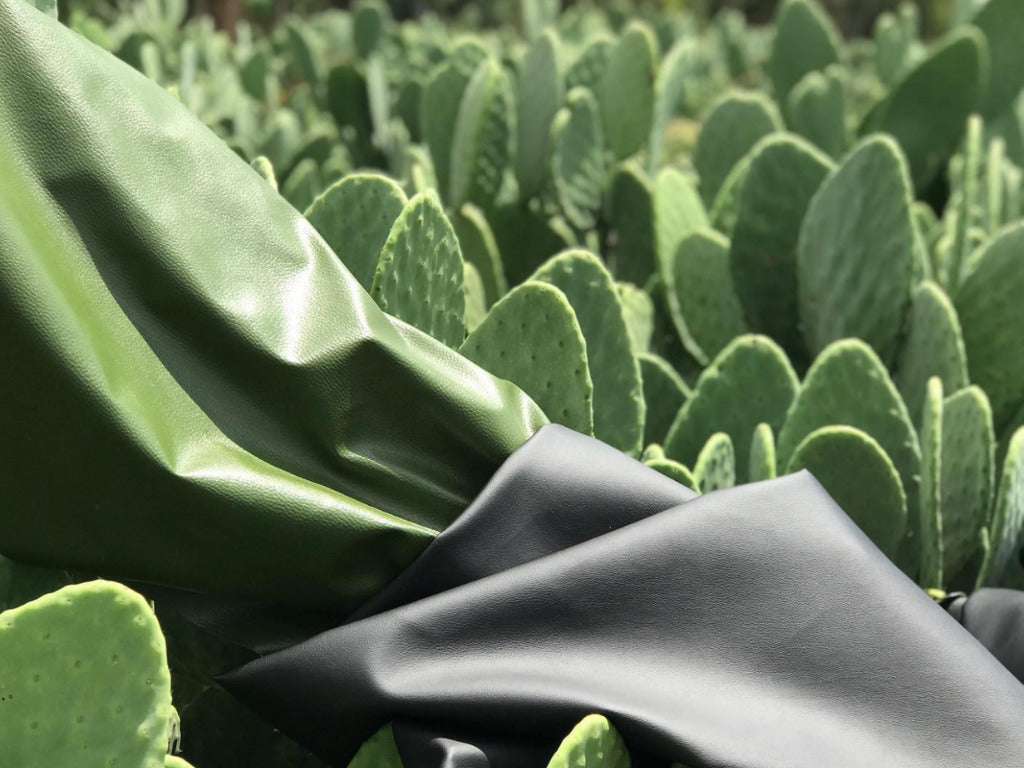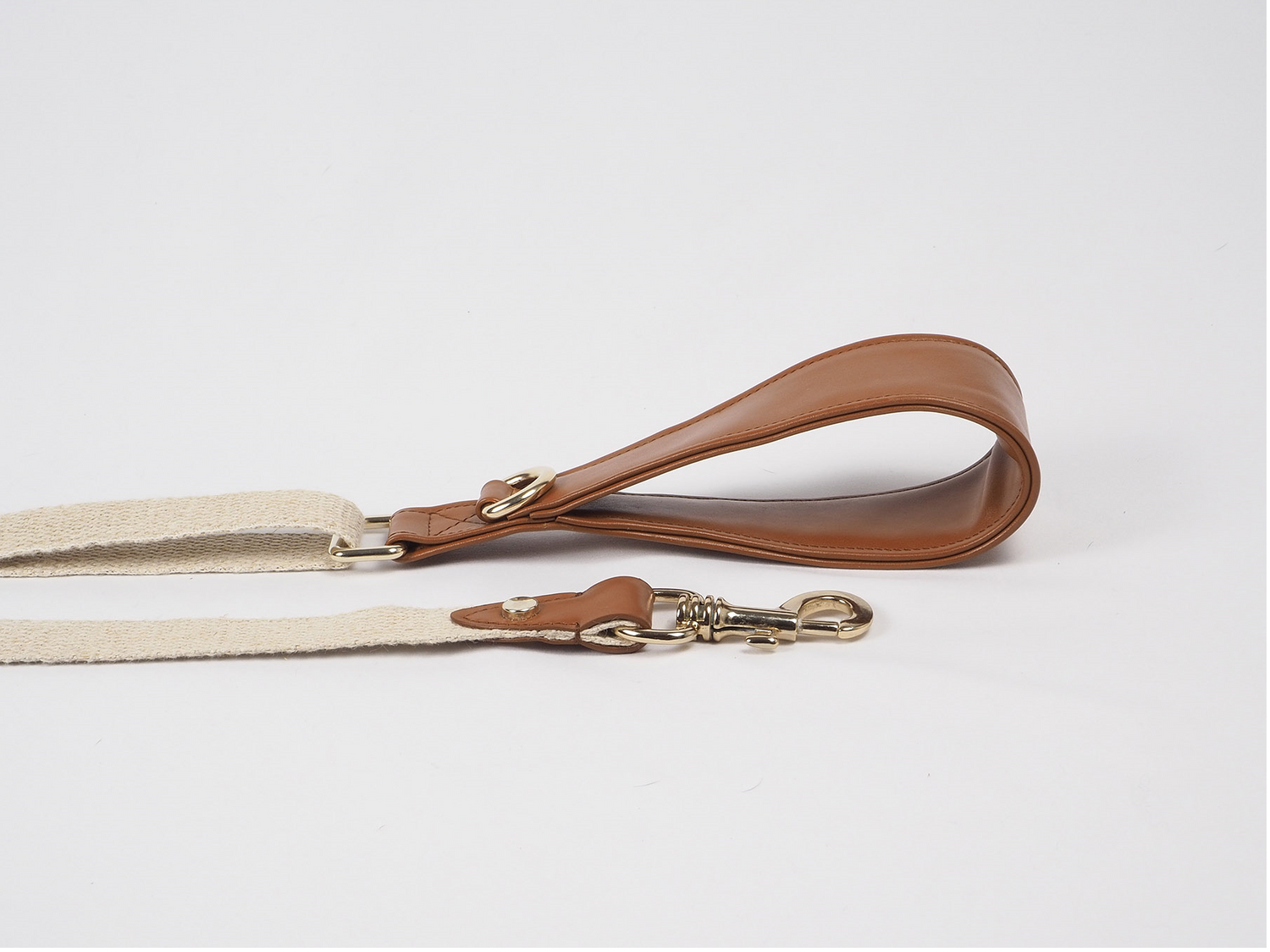Ever wondered why we don't use 'real' leather in our products?
Don't get us wrong... we love the look & feel of the real thing. Who doesn't? We also love cheese. And meat. But there comes a point where we have to ask ourselves: Is our desire for pleasure and nice things worth risking the health of our planet. And how do we find a balance between enjoying the fine things in live that we've come to love, and - whether as consumers or businesses - making sure we do so responsibly and in ways that are sustainable.
We've spent months pondering over how to strike this balance, particularly when it comes to our dog accessories. After a lot of research, we've made a decision not to use leather in our products and instead find new, next-generation materials that are better for the planet. Trust us, you can spend days and weeks on the upsides and downsides of each material. But what has become clear to us is that there are a lot more downsides to most leather types than there are for a lot of other materials. Here's a few of them...
01 / The Use of Resources
Yes, leather is a natural resource. Sounds good right? Not so much... The use of natural resources needed for leather production is extremely intensive compared to most other materials. Around 1.4 billion hides and skins of animals were used in global leather production in 2020¹ – around one animal for every 5 people on the planet. This means an insane amount of water and energy (often from non-renewable sources) is needed to produce even one square meter of leather. Rearing of livestock (mainly cows) take up large amount of land, often contributing to deforestation, water and land overuse and high gas emissions.
02 / Pollution
If you think that's bad enough, there's more...
One of the main steps of leather production is tanning, where the collagen in hides is transformed into actual leather. This is also one of the most toxic parts of the process, involving the use of chemicals, including chromium, formaldehyde, and other substances, which can have serious health and environmental consequences. The chemicals used in tanning are then discharged into the environment, contaminating the soil and water sources. But not only does it directly impact the environment. Tannery workers – including children some countries – also risk severe side- effects from exposure to these toxic substances as part of the process.
03 / Waste
We're not done yet...
There's another issue with the leather production and post production process. The leather industry generates an incredible amount of waste. Out of 1000 kg of raw hide, nearly 850 kg is generated as solid wastes in leather processing. Only 150 kg of the raw material is converted into leather. 2
Waste from trimmings, shavings, and scraps, often improperly disposed of, can negatively impact soil and groundwater as they decompose. Some solid waste is used as cheap fuel in brick-kilns, causing air pollution along with the release of chromium into the environment.
Shocked? So are we! But here's some good news: Our next-gen sustainable leather alternatives have a much lower impact on the environment. Their 100% organic, eco-friendly and compostable. You can learn more about these awesome new materials HERE>>>





